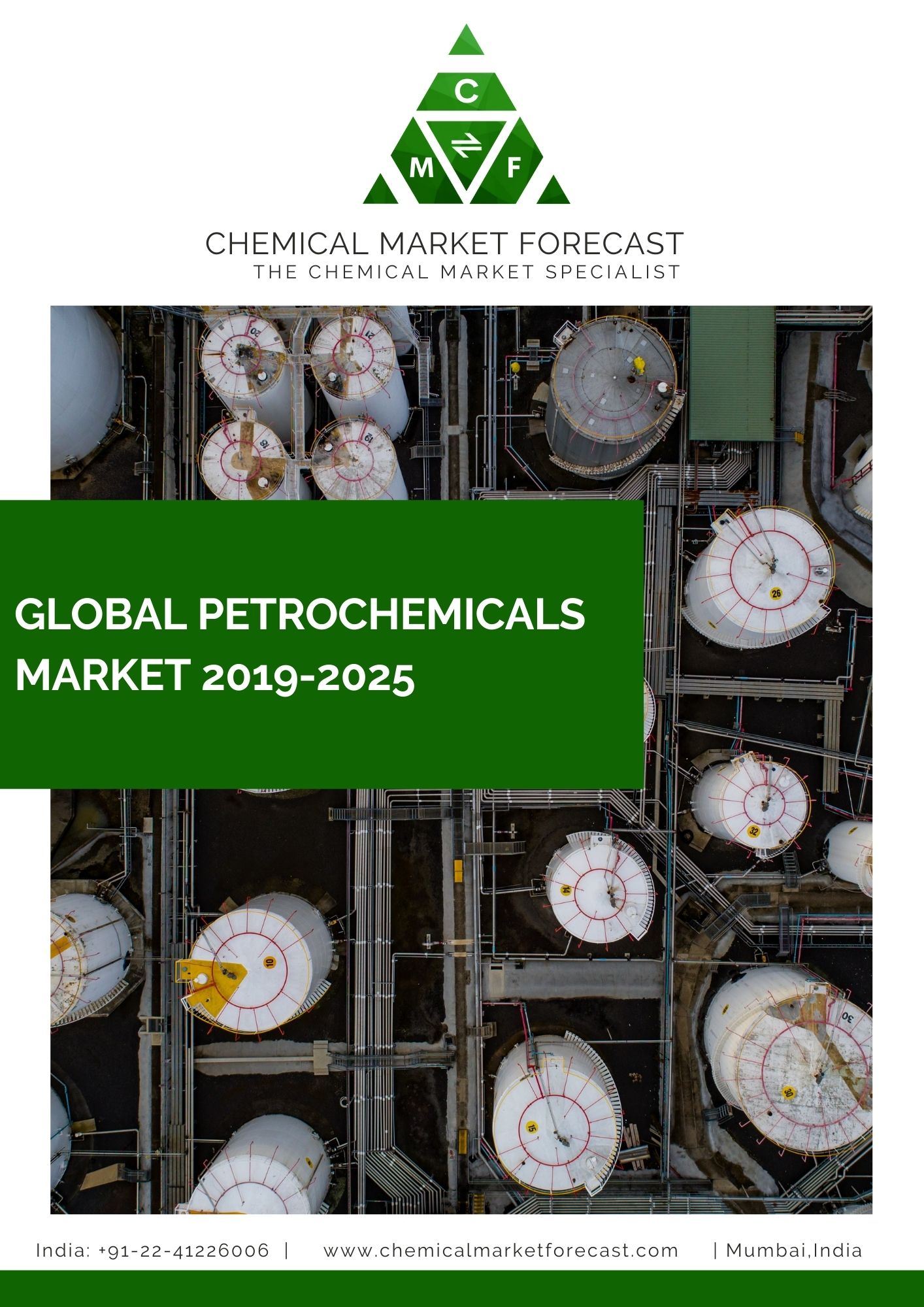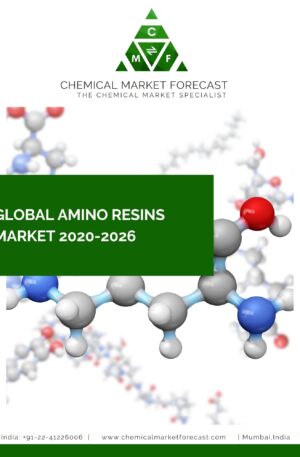Global Petrochemicals Market
Petrochemicals are substances that are derived from petroleum and natural gas. Petrochemicals can also be derived from fossil fuels as well as biofuels. Biologically derived fuels are being produced from renewable sources of energy including maize, sugar cane, or even palm fruit. Countries like the U.S manufacture petrochemicals from sources like Shale oil and Shale gas.
A country’s crude reserves form an essential part of its economy since it is a source of power. Moreover, methods like energy and heat integration are now being employed to optimize the fuel reserves present globally. Olefins and aromatics are two of the most common petrochemical segments that have a wide range of applications.
For instance, Saudi Arabia is the largest producer of crude available on a global scale. The country makes use of its petroleum feedstock to produce refinery based chemicals. The natural gas produced within this region is wet, i.e. it contains elements like propane and butane. The company SABIC headquartered in Saudi Arabia is one of the first to understand the value chain for ethylene derivatives and it’s applications. One of the applications of ethylene is as a growth regulator in plants. The compound can be employed in several physiological processes as well.
The formation of SABIC and the inclusion of the master gas system (MGS) by Saudi Aramco lead to the inception of the chemical processing plant. The MGS helped facilitate the circulation of previously un-utilized natural gas reserves within this area. With respect to supply chain distribution, it is seen that the company optimized the logistics department which led to adept utilization of natural resources. Thus, Saudi Aramco’s production of natural gas increased between the period 2008-2012.
The chemical sales within this region constitute 75% of the overall sales within Middle Eastern GCC countries. More recently, the company Ineos based in Europe invested USD 2 Billion to construct acrylonitrile, linear α-olefin, and poly-α-olefin plants in Jubail, Saudi Arabia, by 2025. The country’s reserves also have an impact on the economies of its nearby regions-primarily APAC. The increasing clusters and trade relations between APAC and ME have been propelling the growth of both markets.
Countries like China propel the growth of the petrochemical sector within APAC. In 2019, China National Petroleum Cooperation Signed an agreement with the Republic of Benin. The contract was to help facilitate the construction of a pipeline between Benin and Niger. This consignment is expected to accelerate the growth associated with crude oil production in Africa. Moreover, the pipeline is expected to increase connectively and hereafter decrease distribution costs thus benefiting the supply chain.
The vast value chain for the petrochemical sector is studied and analyzed within this report. The report studies and delivers the growing impacts of the applications within this segment. The organic intermediates are further used by downstream industries to develop other segments of specialty chemicals including cosmetics, fuel additives, surfactants, construction materials, etc. Ultimately the effect chemicals are used by wide industries including Mining, Construction, and automotive.
The induced employment within this market accounts for a higher value than direct employment and it is dependent on the supplier margins. The raw material availability, distribution, and logistical segment vary on a regional scale. Thus, altering the dynamics associated with this market. Other factors that influence this market include environmental pressures, maturing demand and technology, and volatile margins.
In the year 2013, U.S invested over USD 217 Billion in petrochemical downstream operations. The capital investments rose from USD 97 Billion to USD 317 Billion between 2007 and 2017. Owing to the production of shale gas, the country witnessed an increased use of ethane as compared to other petrochemical products. The wide applications associated with ethylene makes it one of the largest petrochemicals products segment. It accounts for 33% of the overall market value.
The increased dependency on Shale gas has led to a reduction in the Benzene and BTX manufacturing volumes. This factor has hereafter increased the cost associated with Benzene and BTX since the products need to be imported from Asian countries.
This report also focuses on the continuously changing world economics with respect to emerging technologies. The changing market dynamics and the shifting market trends are analyzed and represented in a comprehensive format. The trade relations between nations and import-export data have also been analyzed based on which the market forecast is further performed.
Upcoming technologies like Crude Oil to Chemical Technology (COTC) is anticipated to accelerate the growth associated with this market. The technology focuses on the direct conversion of crude to high-value chemicals instead of conventional transportation fuels. In non-integrated refinery complexes, the barrel production reaches a value of only 10%. COTC on the contrary has a high yield efficiency of 40-45%. The growth in applications for light crude and heavy crude is also expected to boost market growth globally.
SCOPE:
The report on, “Global Petrochemicals-Market and Technologies Forecast to 2025” is studied and analyzed with the help of strategic mapping across several geographic spreads. The growth in the petrochemicals segment is assessed in terms of supplier management and import-export data. The forecast analysis is performed based on the growth in industrial factions.
This report is aimed at:
- Key drivers, restraints, and challenges within this market and studied and analyzed within this report.
- The value chain analysis and the supply chain for this market are studied.
- A country-wise mapping for raw materials has been performed based on the reserves present in each nation.
- The utilization of the sources of energy within each segment is compared and understood.
- The market forecast is performed up to the year 2025, thus providing a comprehensive analysis of the futures markets.
- Upcoming technologies and their impacts on the current market scenario has been studied and analyzed within this report.
- The high growth markets and the opportunities served by this segment are studied extensively.
- A competitive mapping based on the key players of this market has been provided.
- An assessment based on COVID-19 and its impacts on the upcoming years has been covered within this report
Reasons to buy this report:
- The existing players of this market can use this report to understand the changing market dynamics associated with the petrochemicals market.
- Supplier management and demand analysis can be studied by industry professionals through this report.
- The top management staff of companies can use this report to analyze and understand the competitive mapping across different segments.
- The high growth markets and the opportunities offered by this sector can be studied by the upcoming players of this market.
- The changing market scenario and forecast analysis provided in this report can be used by companies to develop management strategies.
Who is this report for:
Management Consultants: Can use this report to study the changing market dynamics and the impact of technologies on the same.
Technology Innovators: Can use this report to study the design problems associated with the current technologies and analyze the demand.
Industry Professionals: Can use this report to map the growth associated with the expanding markets which could help with making strategic investments.
Suppliers: Can use this report to study the logistical constraints of the segments to ease out the supply chain.





